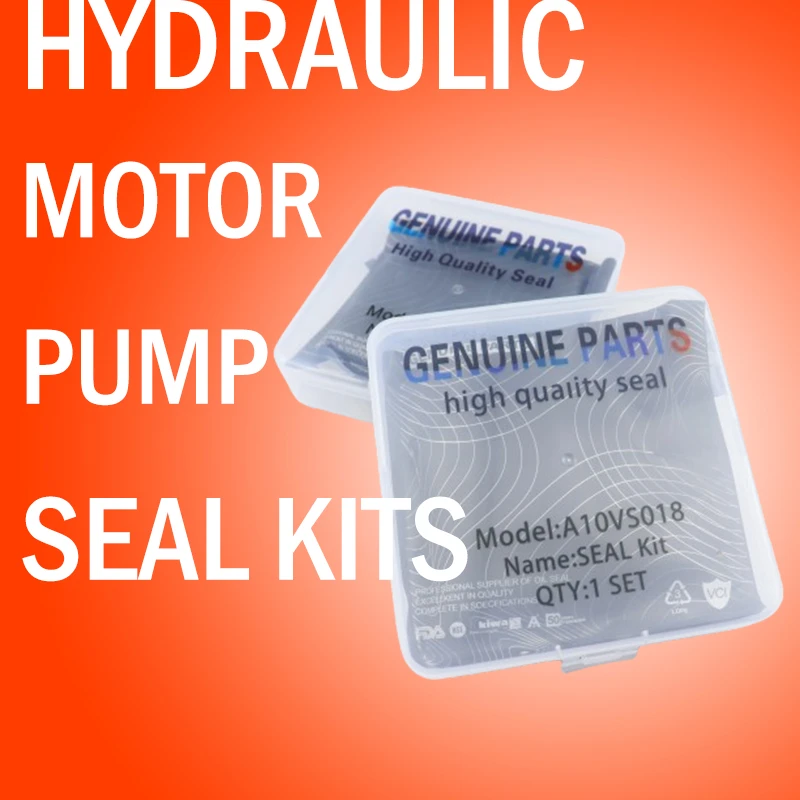Dec . 11, 2024 11:25 Back to list
seal kits
Understanding Seal Kits A Comprehensive Guide
Seal kits are a vital component in various mechanical systems, primarily used in hydraulic and pneumatic applications. These kits contain a selection of seals, including O-rings, rod seals, piston seals, and dust seals, designed to prevent the leakage of fluids or air. This article delves into the significance, components, types, and maintenance of seal kits, highlighting their essential role in ensuring equipment efficiency and longevity.
Importance of Seal Kits
Seal kits play a crucial role in maintaining the integrity of hydraulic and pneumatic systems. They prevent leaks that could lead to system failure, loss of pressure, or reduced efficiency. In hydraulic systems, for instance, the seals help maintain the necessary pressure to drive machinery, while in pneumatic systems, seals ensure that air remains contained within the system. By minimizing leakage, seal kits enhance the performance and reliability of equipment, ultimately saving costs related to repairs, energy consumption, and downtime.
Components of Seal Kits
A typical seal kit consists of various components tailored to address specific applications
1. O-Rings These are circular rubber rings that provide a tight seal in joints. They are versatile and used in both static and dynamic applications.
2. Rod Seals Primarily used in hydraulic cylinders, rod seals prevent fluid from leaking between the rod and the cylinder barrel when the rod is in motion.
3. Piston Seals These seals are used to prevent fluid from escaping the cylinder when the piston moves. They ensure that the hydraulic or pneumatic pressure is maintained.
4. Dust Seals Designed to keep contaminants such as dirt and debris out of the hydraulic or pneumatic systems, dust seals play a critical role in ensuring the longevity of the seals within a system.
5. Backup Rings Used in high-pressure applications, backup rings prevent the seal from extruding under pressure, thereby prolonging seal life.
Understanding the specific functions of each component is essential for selecting the right seal kit for any particular application.
Types of Seal Kits
Seal kits vary widely based on their specific applications and requirements. Some common types include
seal kits

1. Hydraulic Seal Kits Used in various hydraulic equipment such as excavators, forklifts, and pumps, these kits are designed to withstand high pressures and temperatures.
2. Pneumatic Seal Kits These kits are specifically designed for air-operated equipment and are often made from materials that can withstand specific pressures and temperatures associated with pneumatic systems.
3. Custom Seal Kits Sometimes, standard kits do not meet the specific needs of an application. Custom seal kits can be designed and manufactured based on unique requirements, ensuring the best fit and function.
4. Repair Seal Kits These kits are intended for maintenance and repair of existing equipment. They include all necessary seals needed to restore functionality without replacing entire components.
Maintenance and Care
Regular maintenance and inspection of seal kits are essential to ensure their longevity and effectiveness. Here are some tips for proper care
1. Regular Inspections Periodically check seals for signs of wear, such as cracks, swelling, or distortion. Early detection of issues can prevent costly repairs.
2. Proper Installation Ensure seals are installed correctly according to manufacturer specifications. Improper installation can lead to premature failure.
3. Use Compatible Fluids Always use fluids that are compatible with the seals in your kit. Incompatible fluids can degrade seal materials, leading to leaks.
4. Keep Systems Clean Dust and dirt can damage seals, so maintaining a clean environment where machinery operates is essential.
5. Adhere to Manufacturer Guidelines Follow maintenance schedules and guidelines provided by manufacturers to ensure optimal performance and longevity of your equipment.
Conclusion
Seal kits are indispensable in protecting hydraulic and pneumatic systems from leaks and ensuring operational efficiency. By understanding their components, types, and maintenance requirements, users can better appreciate their importance and make informed decisions in selecting and caring for seal kits. Whether in construction, manufacturing, or any other industry reliant on fluid power, seal kits are essential for the reliable operation of machinery and equipment.
-
TCN Oil Seal Metal Ring Reinforcement for Heavy Machinery
NewsJul.25,2025
-
Rotary Lip Seal Spring-Loaded Design for High-Speed Applications
NewsJul.25,2025
-
Hydraulic Cylinder Seals Polyurethane Material for High-Impact Jobs
NewsJul.25,2025
-
High Pressure Oil Seal Polyurethane Coating Wear Resistance
NewsJul.25,2025
-
Dust Proof Seal Double Lip Design for Construction Equipment
NewsJul.25,2025
-
Hub Seal Polyurethane Wear Resistance in Agricultural Vehicles
NewsJul.25,2025
-
The Trans-formative Journey of Wheel Hub Oil Seals
NewsJun.06,2025
Products categories
















